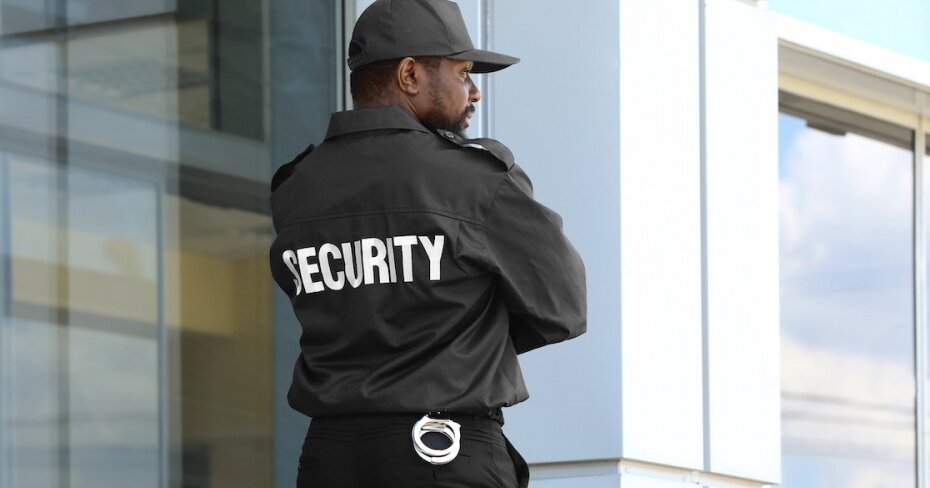Should you get overdraft protection for your chequing account?
By: Renee Sylvestre-Williams on August 28, 2019
There’s nothing worse than trying to pay for something and finding out that your card has been declined on the debit machine.
Spending more than you earn happens: maybe your expenses are higher than your salary, or you’re suddenly dealing with a costly emergency. The next thing you know, you have an overdraft on your bank account. Do you find yourself in this scenario on a semi-regular basis? If so, you might want to consider getting overdraft protection.
“If you feel there is a high risk that you may be temporarily short of funds, then yes, having overdraft protection may be a good idea,” says Darryl Brown, CFA and investment planner at You&Yours Financial.
But, Brown adds, overdraft protection shouldn’t be your first line of defense against low funds. “I only recommend this to clients if they are short on options to proactively avoid this situation.”
Below, we explain how overdraft protection works, how much it will cost and how to figure out whether it makes sense for you.
How it works
There are two types of overdraft protection. The first kind of protection is basic: when you don’t have enough money in your account to cover withdrawals or payments, your financial institution will lend you enough money to cover your transaction. Interest will be charged and you’ll have to pay either a monthly fee or a per-use fee, depending on your agreement. (Always read the fine print!)
The other option is to link your chequing account to another source of funds, so that your financial institution can take the money from that account to cover you when your chequing account is running low. Some of these sources include:
- Other bank accounts
- A line of credit
- Credit cards
As with basic overdraft protection, your financial institution may charge you a fee every time you need to dip into your other accounts or lines of credit to cover a deficit.
Overdraft protection can help you avoid late payment charges (if your bills are automatically withdrawn from your account each month) and non-sufficient funds (NSF) fees. When you consider that a NSF could cost up to $50 per transaction (ouch), it’s definitely worth considering if your chequing account tends to drain quickly.
The pros and cons
So what’s the point of having overdraft protection if all it does is encourage more debt? Well, because life happens. And sometimes, you need access to a little more money than you have.
According to the Government of Canada’s Financial Consumer Agency, having overdraft protection could be less costly than another option that many people tend to turn to when they’re short on cash: payday loans. Like everything else, there are pros and cons to overdraft protection, says Brown.
Pros:
- It can help you avoid very costly NSF fees, as well as the administrative headaches that might result if a payment is returned.
- The interest rate charged on overdraft protection is lower than the interest charged on payday loans.
- There’s no need to set up a new account or card.
Cons:
- People can become overly reliant on their overdraft protection.
- The interest rate and fees charged on overdraft protection is high.
- It’s a dangerous crutch that can worsen existing cash flow problems and financial habits.
Brown cautions that while overdraft protection is available, it’s not the best way to learn healthy financial habits. If you’re looking to avoid being in overdraft and overdraft protection, one of the best ways is to track your cash flow. “It is the most effective way to take control of your finances and if applicable, the best way to stay out of overdraft,” he says. “In addition, your bank may offer automatic notifications on your account activity to help you keep track of your spending and there are an increasing number of apps that connect with your account to help you keep tabs on your spending and balances.”
If you do need money and are looking at overdraft protection, however, Brown suggests alternative methods for accessing money. “For anyone relying on, or [is] concerned about falling into overdraft, I recommend using prepaid debit or credit cards instead. Financial habits need to be practiced and exercised regularly, until you feel you’re in good enough shape to stay out of overdraft, this can be a great solution.”
